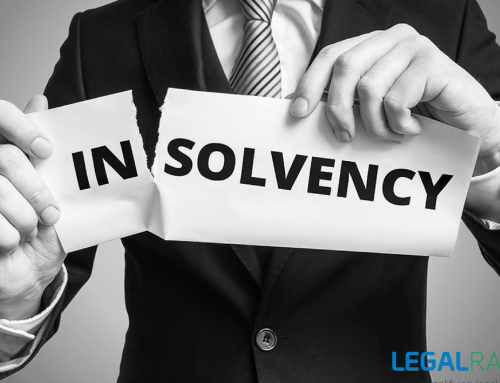Introduction
The companies act, 2013 states a new way of calculating depreciation which is one of the most important provisions of the act.
List of important points to remember while calculating Depreciation as per Companies Act ’2013.
- Schedule II lets you calculate the depreciation only on tangible assets. For calculating depreciation on intangible assets, the company must follow applicable accounting standards.
- Depreciation depends on the useful life of various assets.
- The residual value must be calculated on the original value of assets.
- Rates of depreciation also depend on the useful life of assets.
- During the transitional year that is FY 2014-15, The Company cannot change its method of calculating depreciation from WDV to SLM or vice-versa. Any change by the company in the method of calculating depreciation will amount to change in accounting policy as per AS-5. The calculation of the impact of such change on the Statement of Profit & Loss has to be disclosed by the company in its financial statements
- The useful life of the assets must be followed, failing which the company must submit a technical report of the same. Also, it must be mentioned if the company uses a different useful life of the assets.
- The remaining 5% is the residual value of assets.
- Date of purchase is very important in calculating the remaining useful life.
- 95% of the original cost must be only and only depreciation.
- If the life of the asset as on 01.04.2014 is already more than useful life as prescribed in Schedule II, then no depreciation can be charged after 01.04.2014. However, an amount equal to the (WDV-Residual value) has to be written off from either the P&L A/c or from the retained earnings of the Company in the FY 2014-15.
- Depreciation is necessary if the company wants to share dividend.
- Date of purchase can be found in the fixed asset register or the depreciation chart of the company and can also be available in the tax audit report of the Company for various years.
- The rate of depreciation becomes 1.5 times & 2 times of the normal rates in case of double shifts and triple shifts respectively.
- Any asset with a value up to Rs 5000 can be fully depreciated.






